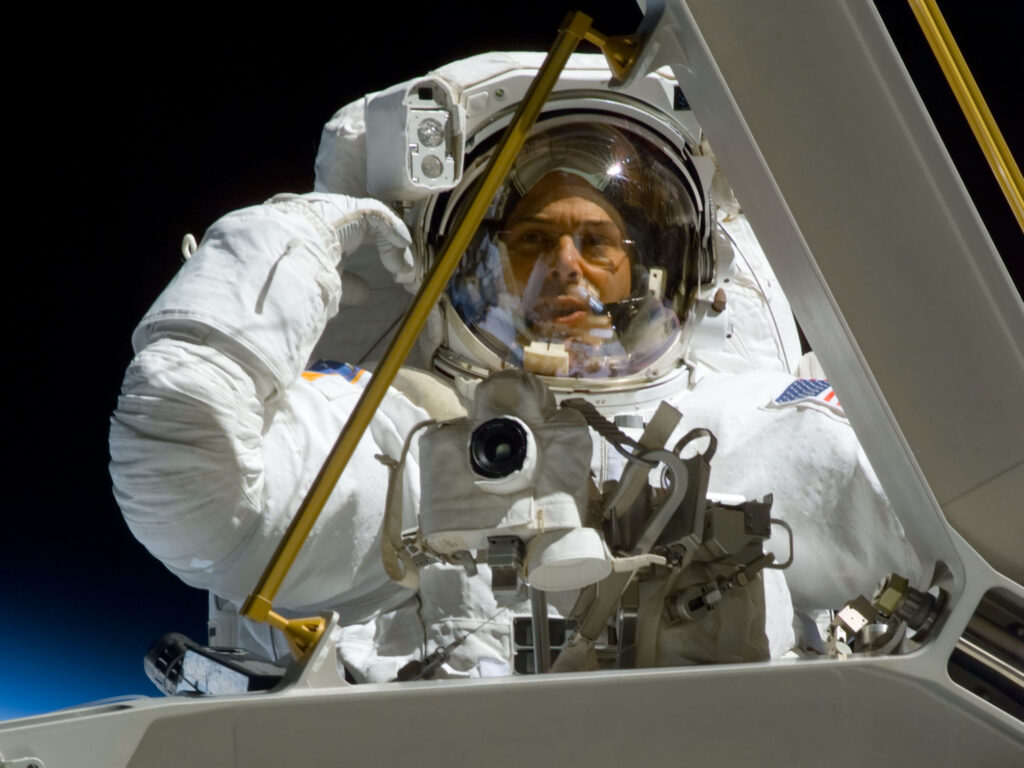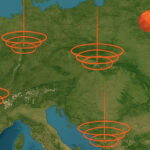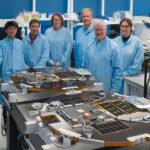Now Reading: Relativity Space Advances Launch Infrastructure for Terran R Rocket
-
01
Relativity Space Advances Launch Infrastructure for Terran R Rocket
Relativity Space Advances Launch Infrastructure for Terran R Rocket
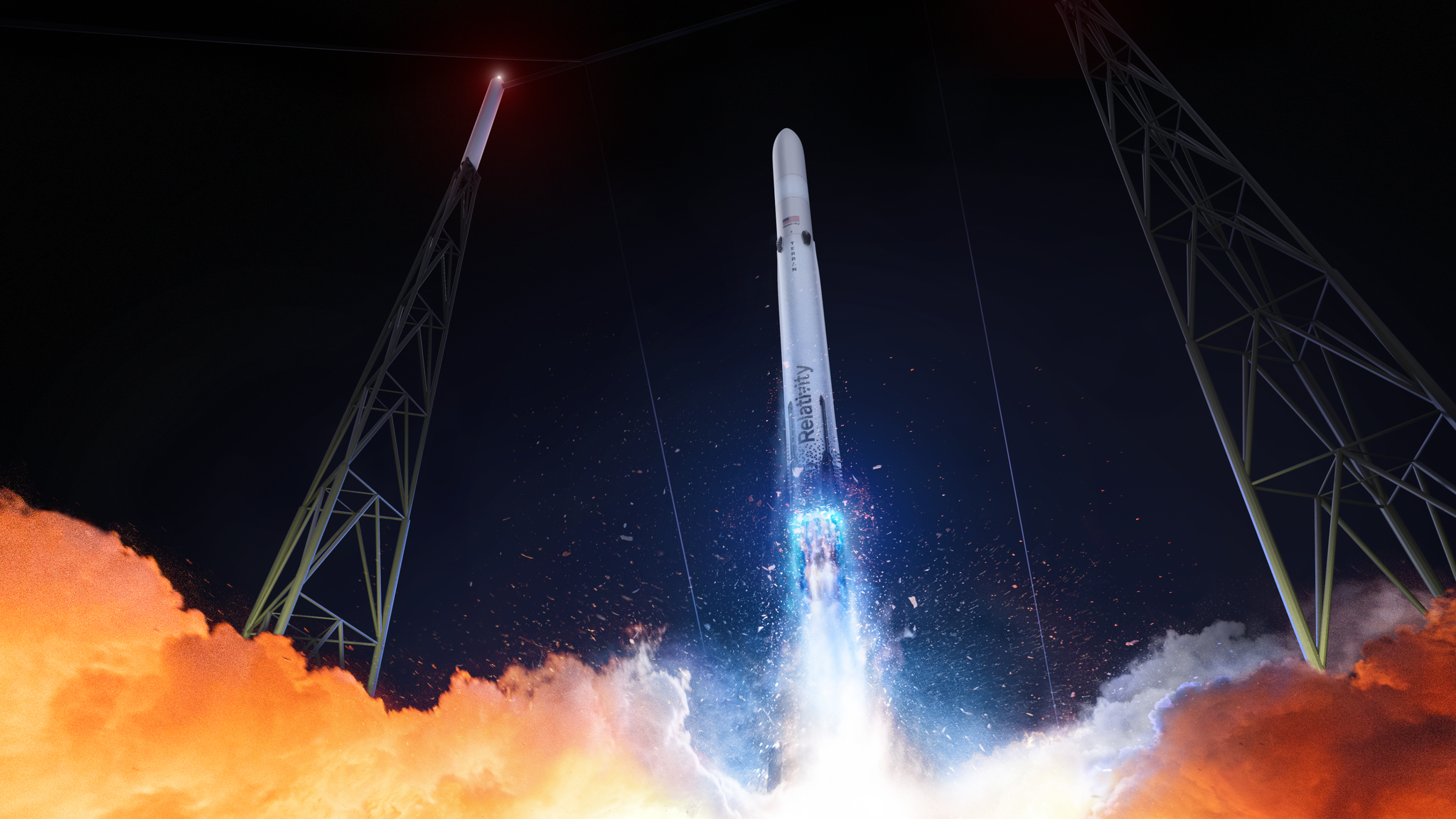

In a remarkable display of engineering prowess, Relativity Space has made significant advancements in the creation of the launch infrastructure for the Terran R rocket at Launch Complex 16 (LC-16) located at Cape Canaveral Space Force Station, Florida. Since breaking ground in January 2019, the site has transformed dramatically, evolving from its origins to become the launchpad that will support the ambitious space missions of the future.
As of now, the foundation for the horizontal integration facility has been poured, a vital step that will support the integration of the Terran R rocket components before they’re transported to the launchpad. This facility will serve as a hub for assembling the various sections of the rocket, allowing for more efficient workflows and rapid turnaround times between launches.
The expansion of the pad’s fluid systems—a critical aspect of any launch setup—has seen pipes installed for water, liquid oxygen (LOX), and liquid methane (LCH4) fuel lines. These systems are essential for the fueling of the Terran R and will enable quick refueling operations to support the rocket’s reusable design.
In March, Relativity celebrated milestones that included the installation of the first propellant tanks at the tank farm and the excavation of the flame trench, both crucial components of the launch infrastructure. The flame trench will redirect the heat and gases generated during liftoff, ensuring the safety and integrity of the launchpad and surrounding structures.
With the first steel columns for the horizontal integration facility now erected, excitement builds about the next phases of construction. Recently, work has commenced on the eastern flume wall of the flame diverter, which is designed to further enhance safety during rocket launches. Additionally, construction on a new water tower is underway, aimed at supporting the pad’s deluge systems—essential for extinguishing any fires that may occur during launch events.
Each step in this infrastructure development marks a pivotal move toward realizing the vision of the Terran R. The current objective is to ensure that the launch system is not only operational but optimized for the projected high cadence of launches that Relativity Space aims to achieve—up to 100 flights annually.
Relativity Space is not only looking at today but strategically planning for the future. The company believes that the demand for launch services is surging ahead of the current market’s ability to support it. The Terran R is designed to be a game-changer, with its reusability at the heart of its operational strategy, significantly reducing the cost per launch and increasing access to space for commercial and scientific endeavors alike.
As construction progresses at LC-16, the anticipation surrounding the first flight of the Terran R, scheduled for 2026, grows stronger. With each piece of infrastructure developed, the vision of a robust and efficient launch system comes closer to realization, embodying Relativity Space’s commitment to innovation and excellence in aerospace engineering.
Stay tuned as we follow the journey of the Terran R and its transformative impact on the modern space industry!
Relativity Space has made remarkable strides in the development of the Aeon R engine, a core component of the Terran R rocket, designed for both power and reusability. The Aeon R engine is a testament to modern engineering, embodying the principles of efficiency and innovation. With 14 engines on the Terran R—13 on the first stage and one vacuum-optimized Aeon Vac on the second—each engine must not only perform flawlessly but also withstand the rigors of multiple launches.
As part of their ongoing commitment to reliability and performance, Relativity’s team has been rigorously testing the Aeon R at NASA’s Stennis Space Center. With over 2,500 seconds of runtime accumulated, the engine has demonstrated its capacity for early reuse, an essential factor for the future of space travel. Testing has revealed promising results, with the engine achieving its longest burn of over 160 seconds in March, showcasing its operational stability during prolonged periods of high-stress operation.
Among the key advancements in Aeon R’s development is the thrust vector control capability, which ensures precise control of the rocket during flight. During recent tests, the engine successfully achieved a maximum gimbal motion of 5.5 degrees, suggesting that it can handle the dynamic forces experienced during launch. This capability is critical to maintaining the rocket’s trajectory and enhancing its overall mission performance, especially as it aims for diverse payload deployments.
The transition from development to qualification testing is critical and has been fueled by several modifications and enhancements made to the Aeon R engine. Significant milestones have been achieved with the completion of acceptance testing for both the main combustion chamber and the injector assembly, indicating a readiness for the demands of flight missions. These components are vital because they directly impact the engine’s efficiency and reliability under various conditions.
May marked a pivotal moment for the Aeon R, as the qualification engine completed over 11 hot fires—a substantial achievement for any rocket engine development program. Notably, it set a new internal record by executing four hot fires in under 10 working hours, reflecting an impressive acceleration in testing capabilities and operational readiness. This enhanced testing rhythm is indicative of Relativity’s eagerness to push the boundaries of traditional rocket development timelines and improve their turnaround capabilities.
Looking ahead, the production of the vacuum-optimized Aeon Vac engine has already commenced, aligning with the overall timeline for the Terran R project. The Aeon Vac is designed to improve performance in the vacuum of space, further demonstrating Relativity’s commitment to developing a versatile launch vehicle that can meet the diverse needs of its customers.
Relativity Space’s ambitious plans for the Aeon R engine are complemented by a strategic focus on automation and efficiency in manufacturing processes. By integrating advanced techniques such as automated drilling and phased array ultrasonic testing (PAUT), the company is not only increasing production rates but also ensuring the highest standards of quality control in their components. These innovations are essential for the scalability of production as the demand for launches continues to rise.
The Aeon R’s journey reflects a broader trend in the aerospace industry toward rapid iterations and advancements, as companies strive to meet the increasing demand for access to space. As Relativity Space continues to innovate, it stands at the forefront of a new era in rocketry, one where reusability and efficiency redefine the possibilities of space exploration.
Stay Informed With the Latest & Most Important News
Previous Post
Next Post
Previous Post
Next Post
-
 01From Polymerization-Enabled Folding and Assembly to Chemical Evolution: Key Processes for Emergence of Functional Polymers in the Origin of Life
01From Polymerization-Enabled Folding and Assembly to Chemical Evolution: Key Processes for Emergence of Functional Polymers in the Origin of Life -
 02Panasonic Leica Summilux DG 15mm f/1.7 ASPH review
02Panasonic Leica Summilux DG 15mm f/1.7 ASPH review -
 03How New NASA, India Earth Satellite NISAR Will See Earth
03How New NASA, India Earth Satellite NISAR Will See Earth -
 04And Thus Begins A New Year For Life On Earth
04And Thus Begins A New Year For Life On Earth -
 05Astronomy Activation Ambassadors: A New Era
05Astronomy Activation Ambassadors: A New Era -
06SpaceX launch surge helps set new global launch record in 2024
-
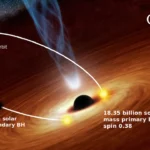 07Two Black Holes Observed Circling Each Other for the First Time
07Two Black Holes Observed Circling Each Other for the First Time














